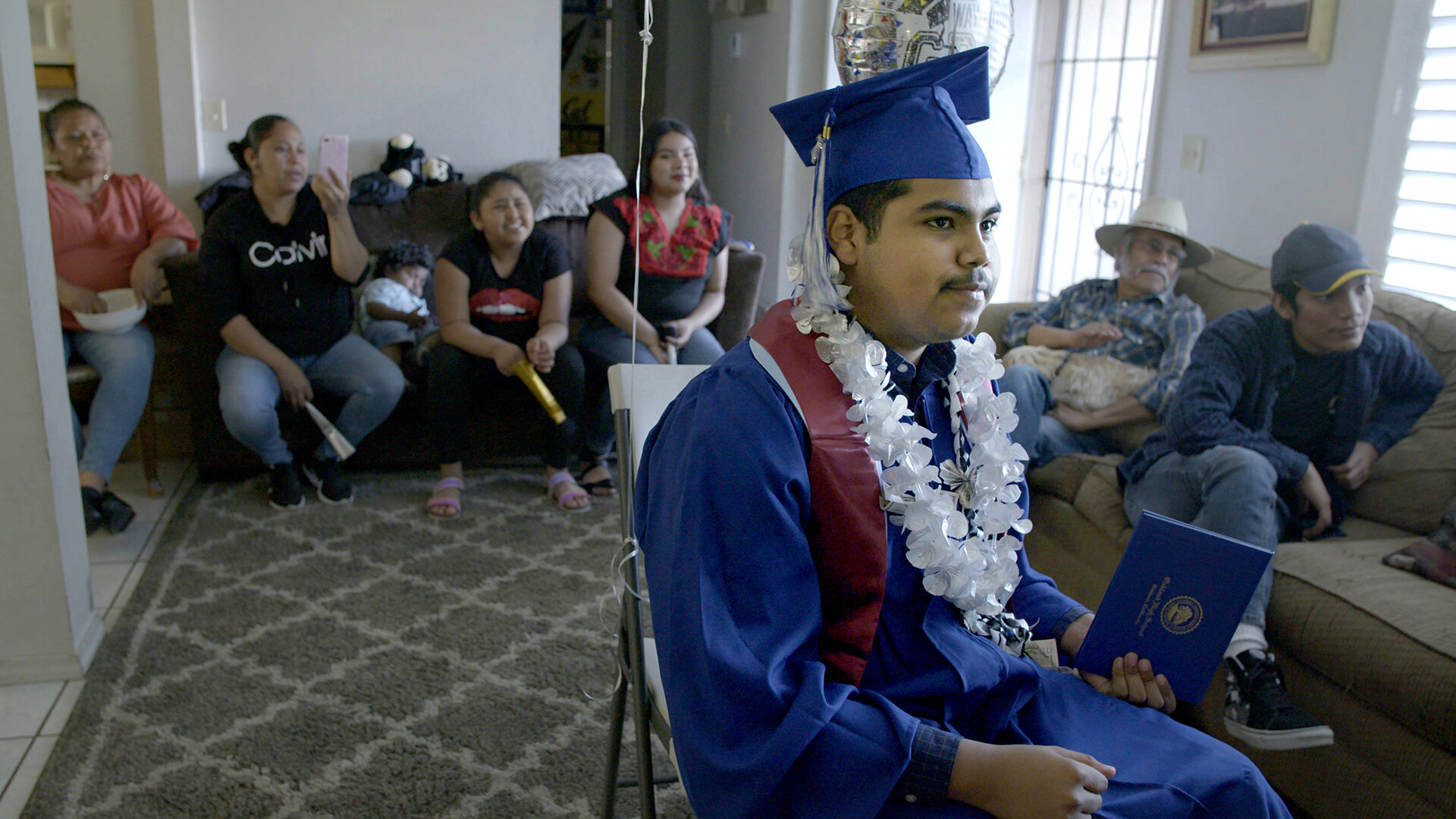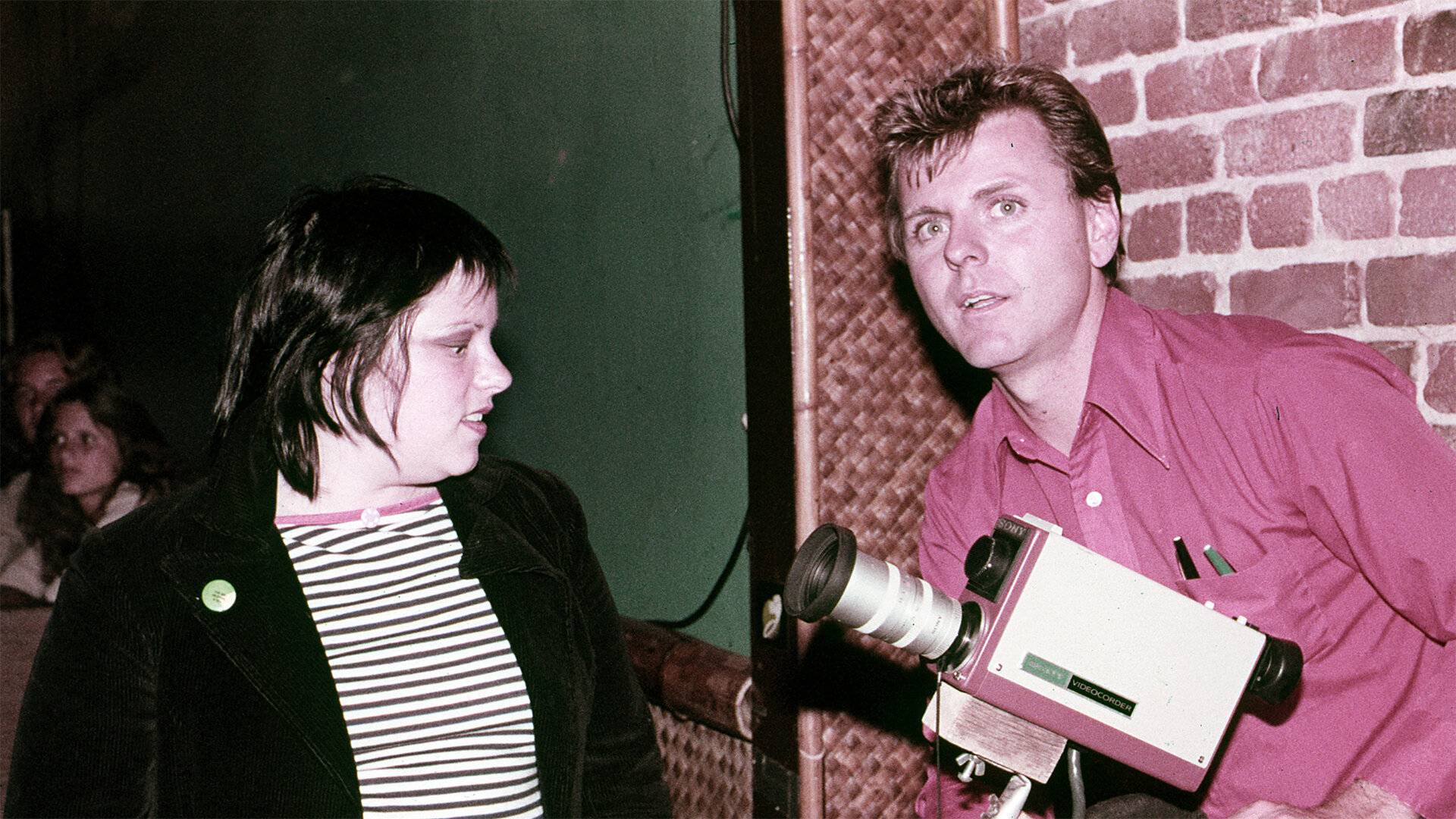Full Frame 2021: Day 3
If you didn't already guess the horrible conditions of sugar cane workers in the Domincan Republic, the feature Cane Malice will fill you in. The focus is less on the poor pay, grueling hours, strenuous tasks, and frequent injuries — although all are discussed — than on the way the dominant Central Romana Corporation traps its workers by controlling where they live. Most reside in "bateys," small villages of tiny shacks surrounded by cane fields and lacking electricity, running water, medical services, or schools — conditions contrasted with the luxurious high-walled beach resorts just a bus ride away.
The vast majority of batey residents are undocumented Haitian immigrants at risk of expulsion back to even worse conditions on the western half of Hispaniola. Through several families' stories, and an assortment of articulate experts, director Juan A. Zapata provides a thorough picture of batey life, and of Central Romana's inhumane policies. (Homes built outside the bateys, for example, are routinely bulldozed without warning.) He also offers a glimmer of hope for the younger generation, tenuous though it may be. Grade: A-minus —Bruce Steele
The First Woman grants viewers an intimate glimpse into the life of Eva and her quest — following six years as a psychiatric hospital patient — to discover what makes a person “normal.” Equal parts powerful and painful, Eva’s confrontation of her past and gradually increasing self-confidence results in an enthusiasm for life that’s downright infectious. From there, she gains the strength to follow her primary goal of reconnecting with her son after 20 years of addiction and asking for his forgiveness. Witnessing her highs and devastating lows along the way leaves a lasting impact, and one almost feels guilty for watching. Grade: B-minus —Joel Winstead
Director Boris Van der Avoort’s cinematic investigation of his insomnia yields plentiful moments of beauty and wonder throughout The Wakeful Sleeper. Such artistic blossoms — most of them involving nature, namely young foxes play-fighting in night vision recordings, or the filmmaker attempting to rest in the woods while a confused deer navigates his presence — are necessary to penetrate what’s at heart a wildly esoteric subject. Yet far too often, the journey tips into overly personal territory, leaving viewers at an impasse and wondering when we’ll again be granted access. Grade: B —Edwin Arnaudin
In Homeroom, Oakland High School is bustling and chaotic — a roiling sea of students of color (it's about 1% white) who are as diverse as any random group of teenagers. Some sleep through classes; others are determined to make their mark. This is director Peter Nicks' third feature examining one silo of life in Oakland, California, after The Waiting Room (a hospital, 2012) and The Force (city police, 2017), and it's set during a momentous school year, 2019-2020. The film's through line is the determination by community activists to eliminate the school system's private police force, a cause deeply impacted by the Black Lives Matter protests soon to envelop Oakland and the country at about the same time as the COVID-19 pandemic.
A few students — particularly Denilson Garibo, who's a rep on the city school board and seems to lead every school activity — are roughly profiled, but Homeroom otherwise takes a larger view, giving viewers quick tastes of classrooms, bloggers, committees, sports, rallies, clubs, and so on, rarely hitting most topics more than once. This isn't one of those "pick six kids to represent the whole" flicks; Nicks does his best to pull in as many faces as possible (although he was evidently unable to film the controversial school cops, something of a gap in the storytelling). The result is an Instagram-like narrative: lots of perspectives and quick hits — informative, confounding, moving — that provide a rapid-fire portrait of a historic span of time, but without the bandwidth for analysis or conclusions. On the other hand, that may be entirely intentional, since high school seniors are far too busy barreling forward to have much time for contemplation. Grade: B-plus —BS
Set in 1978, amidst the backdrop of former governor Ronald Reagan’s lingering controversial health policies, We Were There To Be There lovingly chronicles a key event in punk rock history. Directors Mike Plante and Jason Willis devote nearly half an hour to The Cramps and The Mutants rebelling against the late-’70s political structure by playing a free show for psychiatric patients at the Napa State Hospital — compiling footage brimming with angst and rage towards the establishment and shining a light on backward policies, especially Reagan’s budget cuts to the health and human services division. But the film also conveys plenty of heart via the bands’ willingness to accept the patients for who they are, going so far as to let them express themselves by singing into the microphones and dancing with them during the sets. Grade: B —JW
At long last, My Name is Pauli Murray gives the eponymous and criminally under-known Civil Rights activist and LGBTQ+ pioneer their due. A poet, lawyer, and eventual Episcopal priest, Murray was years and sometimes decades ahead of groundbreaking equity legislation (which sometimes acknowledged their role, yet more often did not), but directors Betsy West and Julie Cohen use all their cinematic powers to encourage a fuller, more honest history lesson going forward. Those skill sets fail to match the innovation of the film’s subject, and the amount of non-narrated onscreen text occasionally grinds momentum to a halt, but the cumulative information and emotion offers a thorough portrait of a fascinating individual. Go ahead and place your bets for who will play Murray in the inevitable biopic. Grade: B-plus —EA
Radiograph of a Family, director Firouzeh Khosrovani's intimate documentary about her mother and father, presents a compelling portrait about what drives a family, even if it's driving them apart. Khosrovani's father Hossein was a secular progressive studying radiology abroad in Switzerland when he was arranged to marry Tayi, who was still in Teheran. The two were wed while he was still abroad, with a picture of him standing in at his own wedding. Further complicating matters is Tayi’s devout, traditional Muslim beliefs, and as Khosrovani's delves into the relationship, an intriguing direct correlation arises between Iran as a whole returning to extremist ways and her parents drifting apart. But while the premise is solid and the journey the family takes is compelling, the lack of archival footage and photos forces the director to rely on recreations of conversations and events within the marriage, leading to a somewhat unsatisfying ending. Grade: B-minus —JW
(Photos courtesy of Full Frame)










